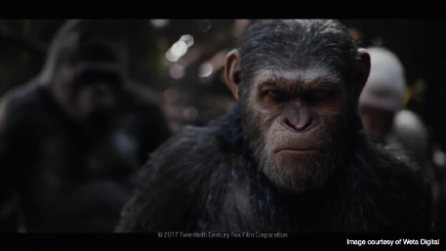Film and TV
Discover how one studio drastically reduced their operational costs
When the UK-based VFX post production studio nineteentwenty was formed, they decided to set up slightly differently
The studio wanted to find a way of making the whole process of post production more cost-effective for their clients, whilst continuing to deliver the highest standard of work possible.
They achieved this by thinking outside-the-box when it came to deciding how the company would operate.
To win work, update clients, and meet partners, it’s hugely advantageous to have an office in the capital. However London - and central London in particular - is notoriously expensive to rent office space in.
The solution they came up with was to spread their workforce over two sites: one in London, and one in Bristol, in the southwest of England.
Their London office would be a small space where they could present to clients and meet partners. The Bristol office would be the creative engine room, housing all their compositors and CG team. Because Bristol is far more affordable, this office could be three times the size of the London office - and half the cost.
How customising their pipeline made it happen
In order to facilitate this way of working, the studio needed a flexible and customizable pipeline, that would allow artists and VFX supervisors to share and collaborate on shots freely.
And that’s where Nuke Studio came in, as visual effects supervisor and nineteentwenty co-founder, Ludo Fealy, explains: “The biggest advantage of Nuke Studio for us is the collaboration it allows us to have with our office in Bristol. All of our compositors and CG department are based in Bristol, and Nuke Studio allows us to seamlessly pass shots back and forth with them.”
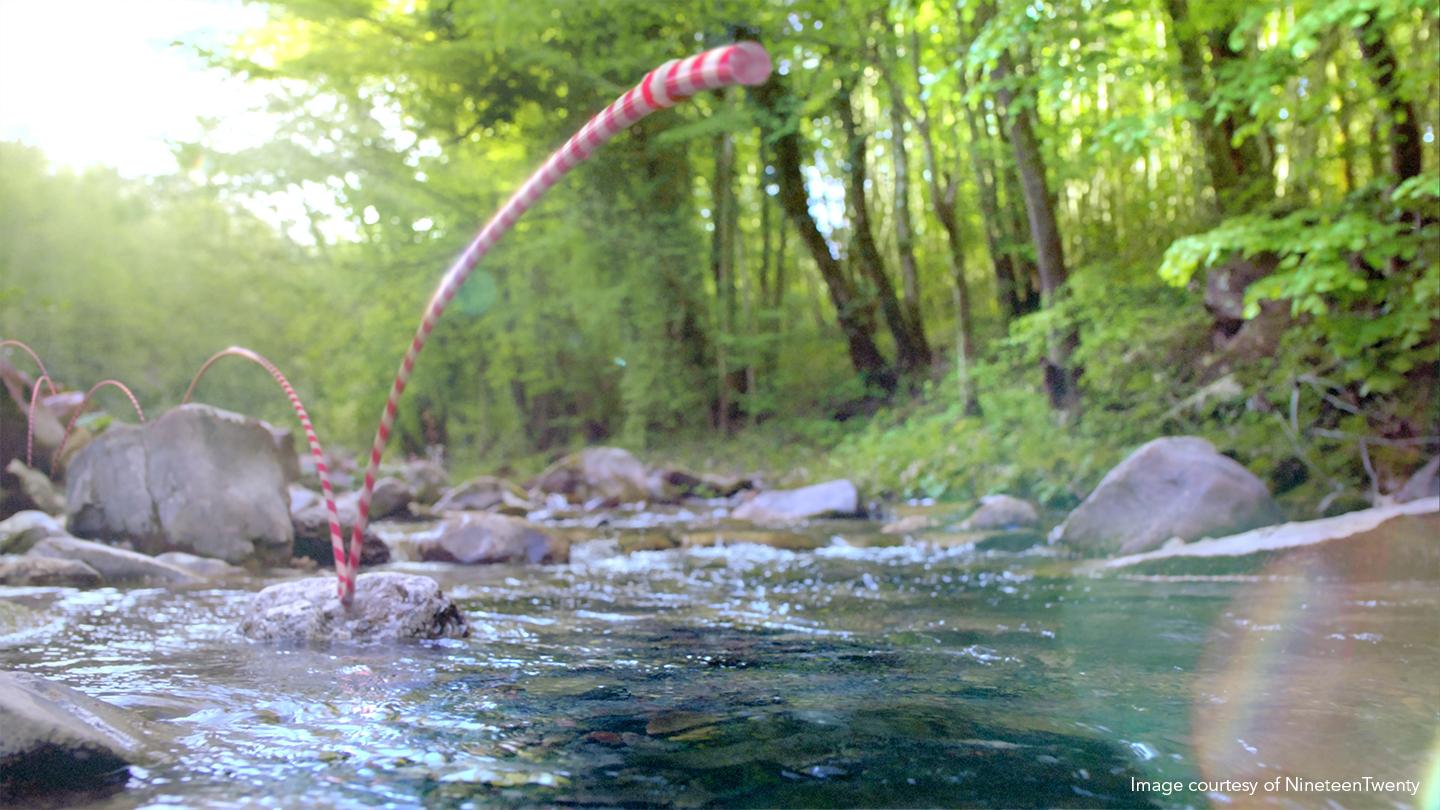
“Our Bristol compositors can render directly to our timeline in London, with us only needing to version-up to see changes. Our export and syncing tools are written bespokely for us by our engineer. The open python architecture in Nuke and Nuke Studio allows for this, which would definitely be more difficult in other programs.”
The two offices are connected to one server. That means as soon as work is completed in Bristol, it appears in Nuke Studio’s timeline in London, and vice versa.
It would be difficult to achieve this collaborative workflow across multiple locations without Nuke’s robust export structure, which automates the creation of shared directories and naming conventions to make sharing shots with team members - and managing multiple deliveries - fast and simple. As Ludo acknowledges: “I could only assume that if I had to constantly import and export shots manually for every project, I’d be looking at adding another 20% to my time”.
A case in point
A recent project the team at nineteentwenty worked on was a TV ad for the soft drinks company, Robinsons.
In the ad, an ever-extending straw goes on a journey in search of the ingredients that make up Robinson’s Refresh’d.
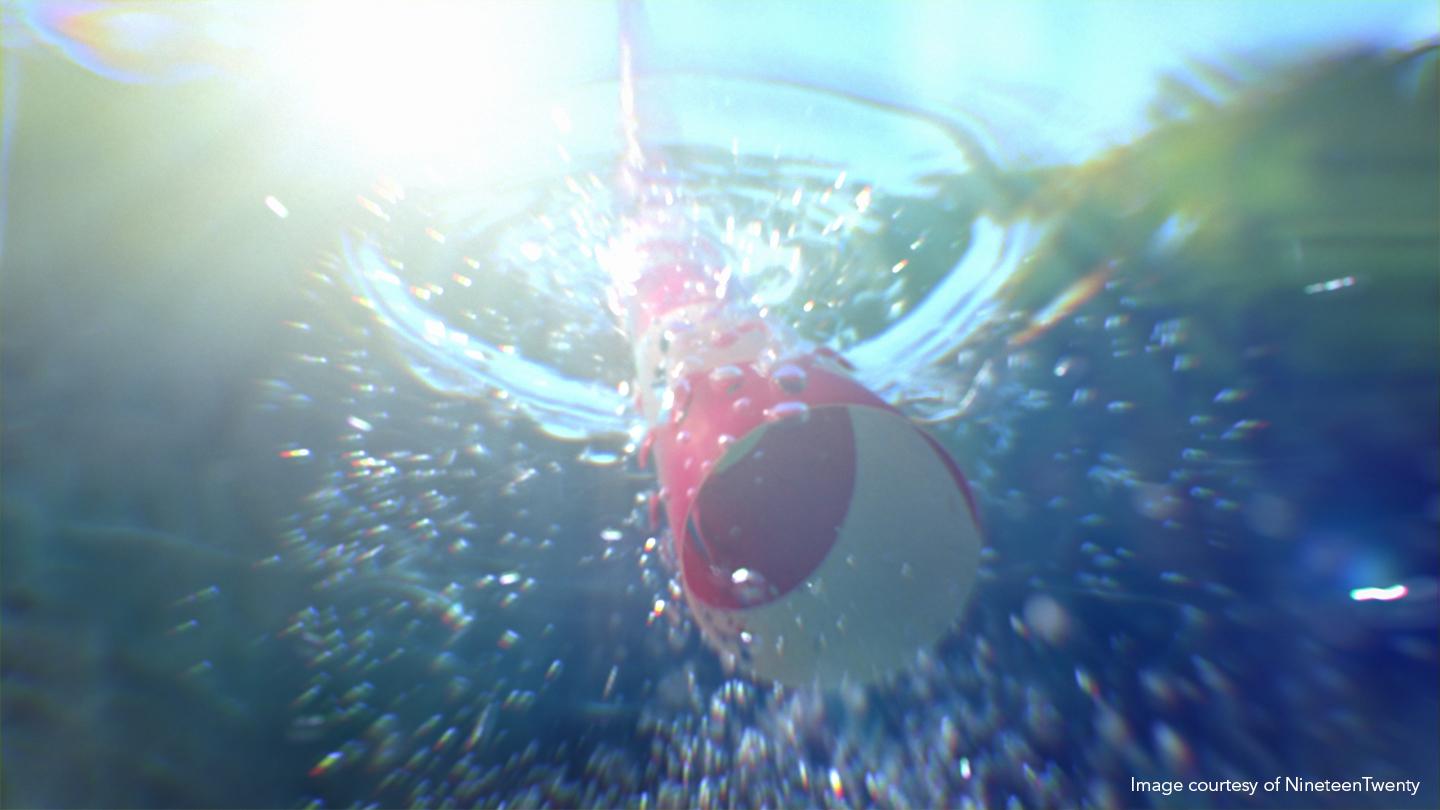
As VFX Supervisor Chrys Aldred explains: “The straw had to have it’s own character, and not just be an inanimate object. So, with the brief that the straw was searching for ingredients, we thought what’s the best example of a playful, searching creature? We took our inspiration from man’s best friend - a dog. A Spaniel, to be specific.”
“I was the VFX supervisor on this project, so from the outset I worked closely with the directors, Conkerco, from the initial pre-viz, to on-set, capturing HDRs, VFX plates, and making sure we had everything we needed for post, to the final part of bringing the idea to fruition back at nineteen twenty.”
Nuke Studio was integral for completing the project with a team split across two locations: “With the 3D and some of the compositing being done in Bristol, the timeline was invaluable” says Chrys.
“I was able have different tracks for different things. I could have a track for preViz, a track for CG slap comps, a tracks for 2D W.I.Ps, and this gave me the ability to update any shot when it was revised, as well as dip in and out of comps directly from the timeline when client feedback was given and needed to be done with them present in the suite.”
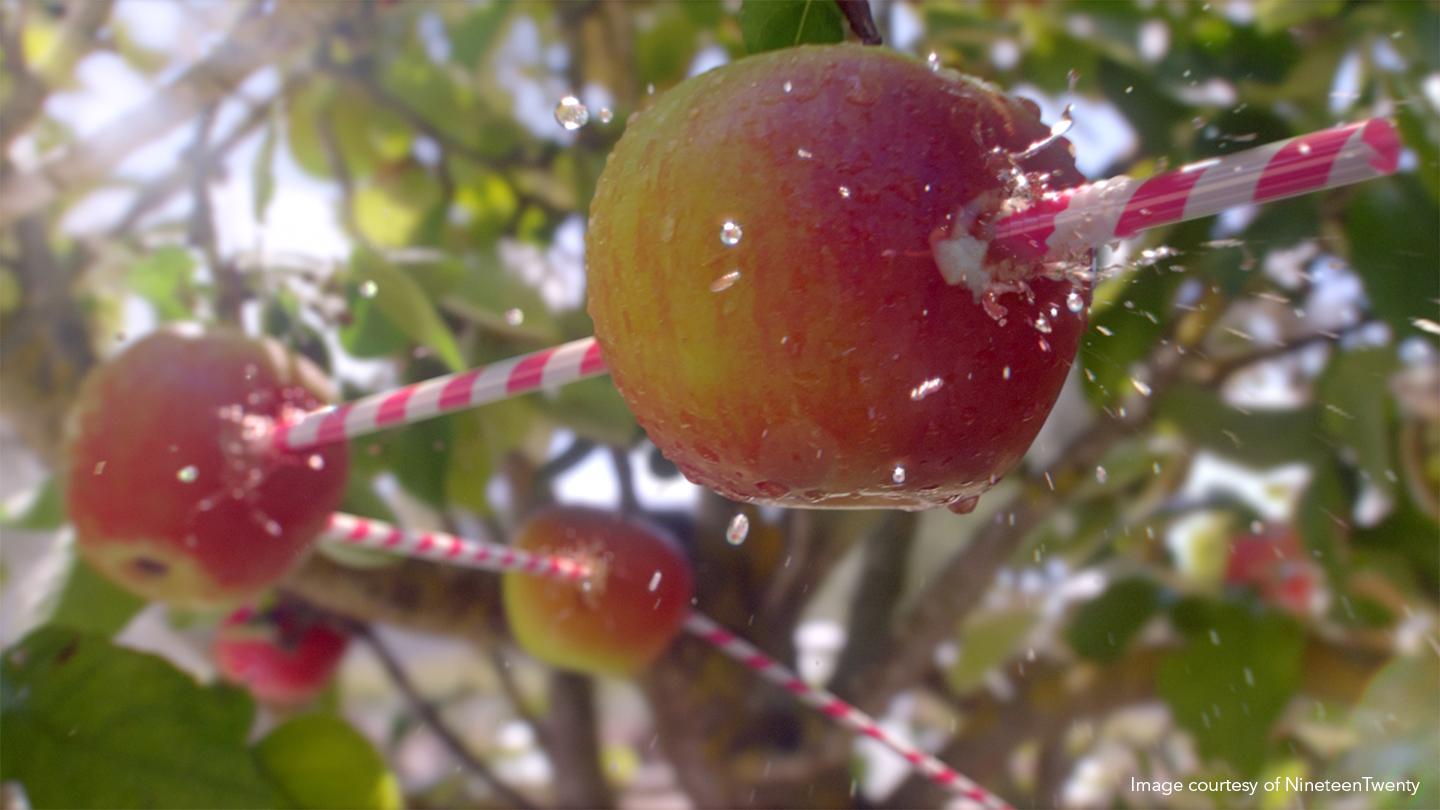
“To be able to update any render easily on the timeline was essential. This combined with our connection to Bristol made the organisation of the edit very simple.’”
With any project, the ability to for supervisors to provide feedback to artists quickly and efficiently is crucial - something Chrys feels the team have got down to a T: “As with any job nineteentwenty takes on, Bristol and London always try to work as a very cohesive team. With our dedicated connection linking both sites, the use of FaceTime and screen sharing, we’re always in contact about different aspects of a project, exchanging ideas, thoughts, and tips.”
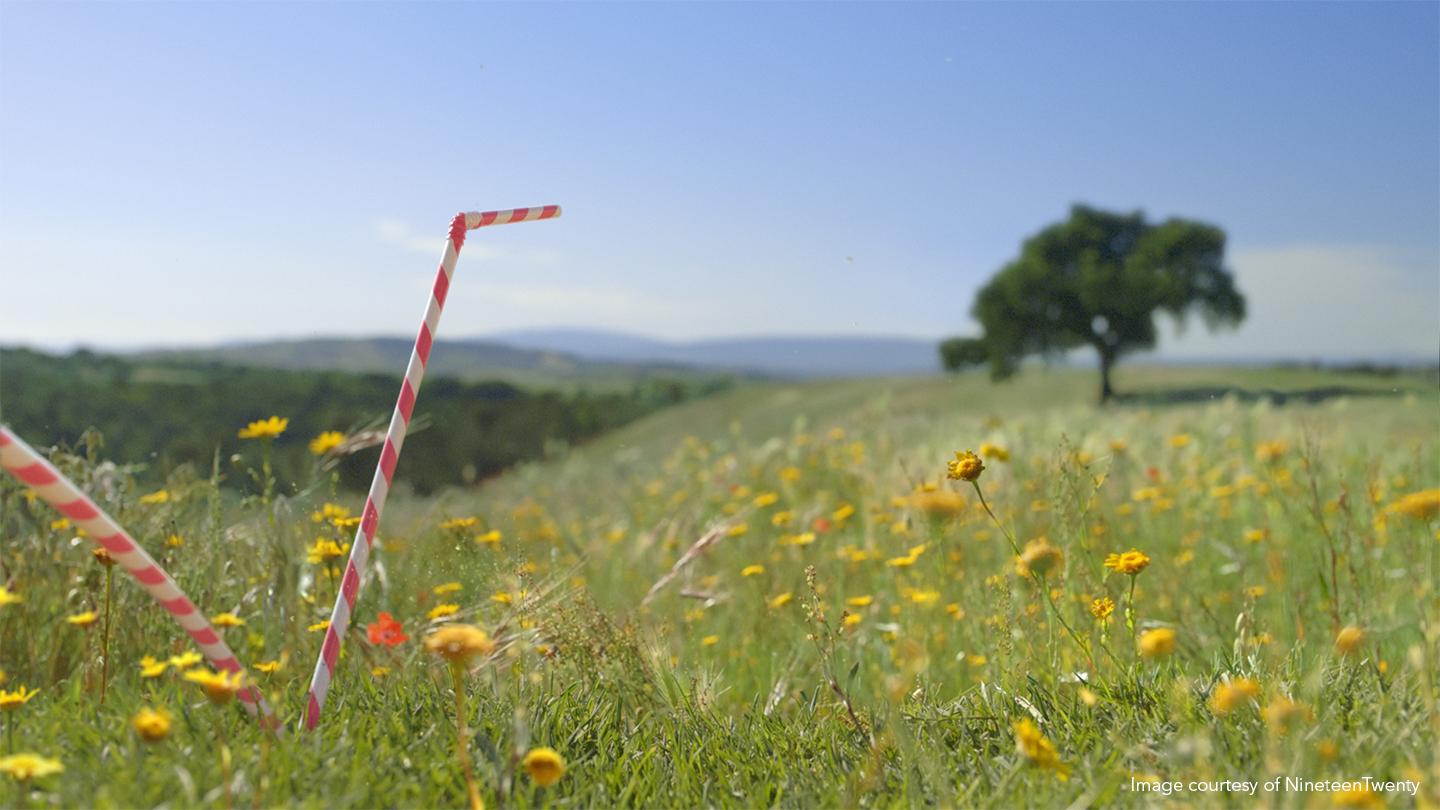
Using Nuke Studio to get the job done faster
Nuke Studio has streamlined nineteentwenty’s workflow substantially, with timesaving features, like Soft Effects, that enable them to add powerful GPU-accelerated effects—including grading, keying, and transforms—right on the timeline, in real time.
Ludo says that these are some of favourite features in Nuke Studio - “Now that we have timeline effects, particularly Text, I would hate to be without them”.
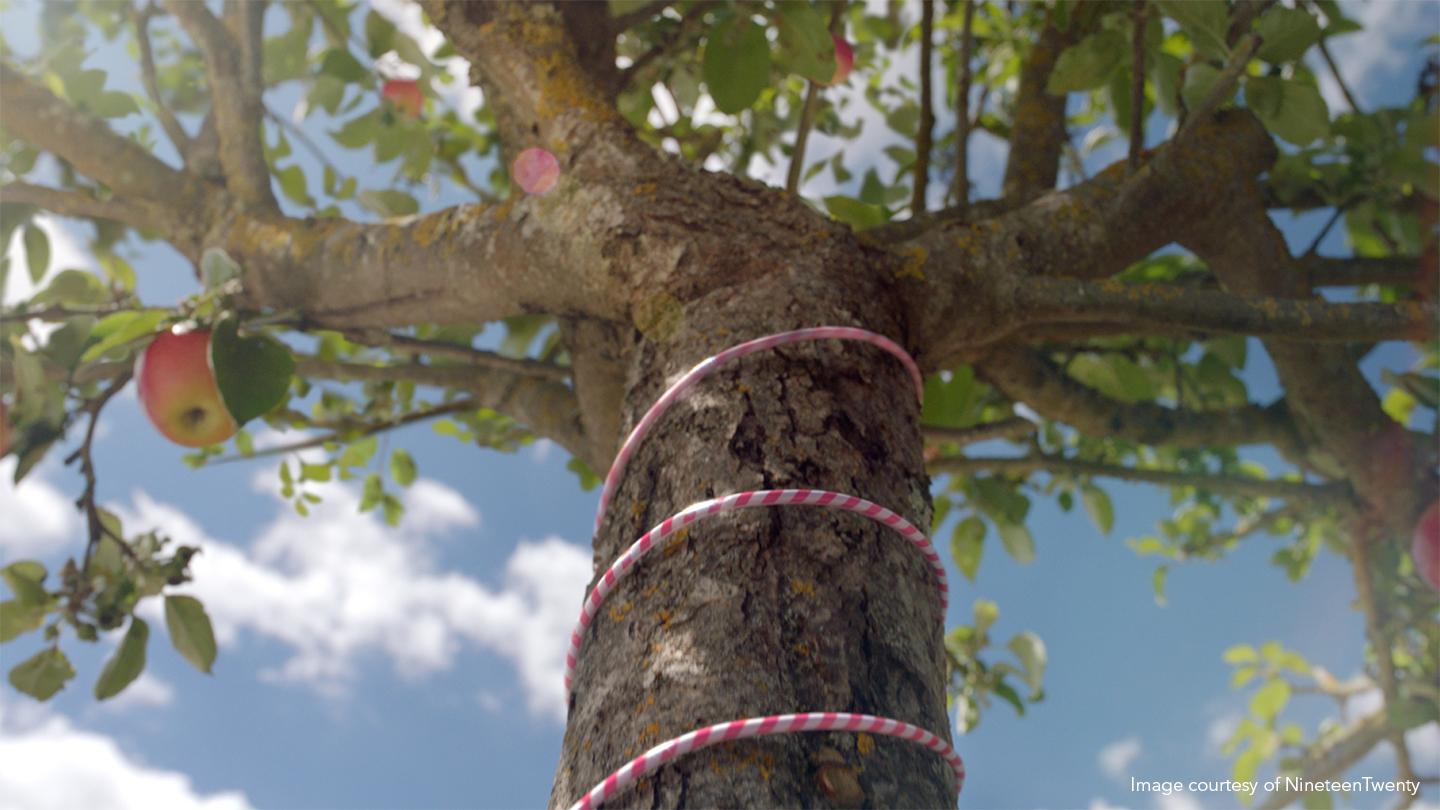
He goes on to recall how their engineer has taken advantage of Nuke Studo’s open Python architecture to write a number of other time saving features: “I always give him the almost impossible brief of ‘one button’. I want to export by pressing ‘one button’. I want to background render my timeline by pressing ‘one button’. I want to send my whole timeline to our Bristol office by pressing ‘one button’.
“He always manages to do it.”
Interested in finding out how Nuke Studio could help improve the way your studio runs? Get a free 30-day trial here.
